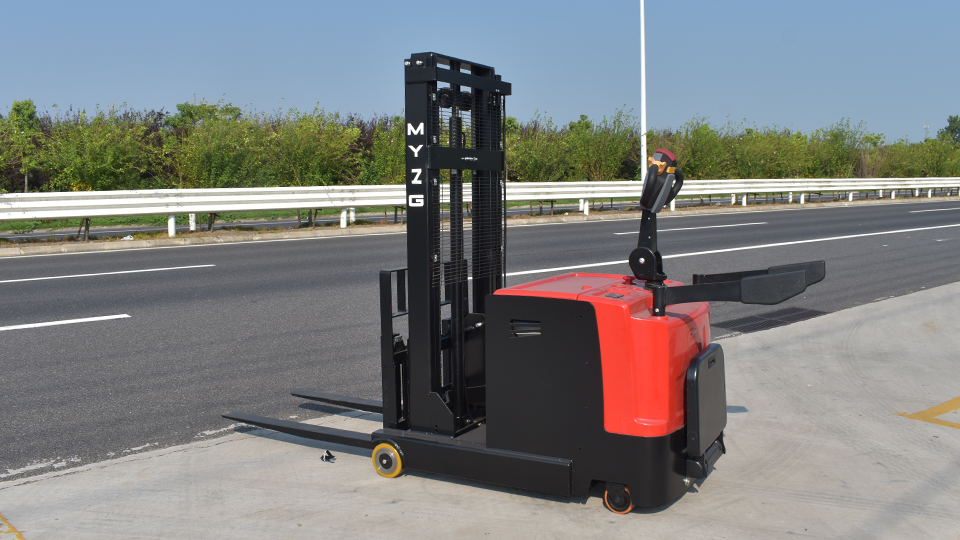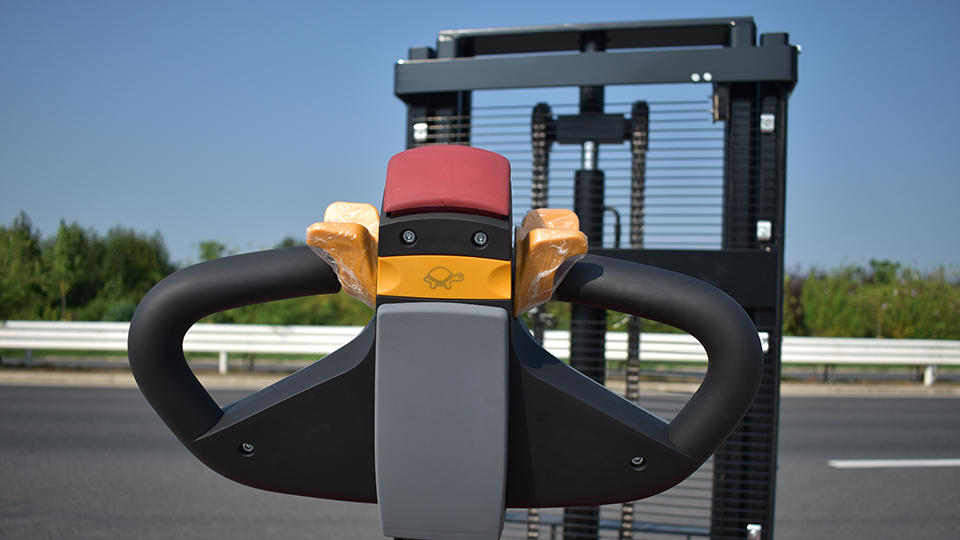
In the dynamic and ever-evolving world of material handling, businesses are constantly seeking solutions that enhance efficiency, optimize space, and improve safety. While forklifts often receive the spotlight for heavy-duty lifting, stackers — a diverse category of powered pallet movers with vertical lifting capabilities — offer a unique set of benefits that make them an invaluable asset for many operations. They bridge the gap between manual pallet jacks and larger, more complex forklifts, providing a cost-effective, versatile, and space-efficient solution for a wide range of tasks. Understanding these benefits is crucial for businesses looking to streamline their warehousing, manufacturing, and distribution processes.
1. Maximized Vertical Space Utilization
This is arguably the foremost benefit of any stacker. In an era where real estate costs are soaring and warehouse footprints are often constrained, the ability to utilize vertical space efficiently is paramount.
Dense Storage: Stackers enable high-density storage by lifting palletized goods onto multiple levels of racking. This effectively increases a warehouse's storage capacity without requiring expansion of the physical building.
Optimal Cubic Space Use: Unlike manual pallet jacks that only move loads horizontally, stackers turn unused overhead space into valuable storage, directly translating to higher inventory capacity within the same footprint.
2. Enhanced Maneuverability and Operation in Confined Spaces
Many stackers are designed with compactness and agility in mind, making them superior to larger forklifts in specific environments.

Narrow Aisle Efficiency: Walkie and stand-on stackers, particularly reach and straddle models, have significantly smaller turning radii and overall dimensions compared to counterbalanced forklifts. This allows them to operate effectively in very narrow aisles, maximizing storage density and reducing congestion.
Tight Corner Navigation: Their compact size makes navigating tight corners, crowded loading docks, and small manufacturing cells much easier, improving workflow and reducing the risk of collisions.
Accessibility in Restricted Areas: They can often access areas where larger equipment simply cannot fit, such as between closely spaced machinery or in small backrooms.
3. Improved Safety and Ergonomics
Stackers significantly contribute to a safer and more ergonomic work environment compared to manual handling.
Reduced Manual Strain: By automating the lifting and heavy pulling/pushing of loads, stackers minimize the physical strain on operators, drastically reducing the risk of musculoskeletal injuries (MSIs) associated with repetitive lifting, bending, and carrying.
Enhanced Stability (compared to manual): Powered lift mechanisms and stable chassis designs provide a much safer way to raise and lower loads than manual methods, reducing the risk of loads tipping or falling.
Better Visibility (in some models): Walkie stackers, where the operator walks in front, often provide better visibility to the immediate surroundings compared to sitting in a traditional forklift.
Reduced Trip Hazards: By lifting loads to ergonomic heights, operators don't need to bend down as much, reducing trip and fall risks.

4. Lower Operating and Acquisition Costs
For many applications, stackers offer a more financially viable solution than full-sized forklifts.
Lower Initial Investment: Generally, the capital cost of purchasing a stacker is considerably lower than that of a new counterbalanced forklift. This makes them an attractive option for smaller businesses or those with specific, limited lifting needs.
Reduced Energy Consumption: Electric stackers consume less power than larger electric forklifts due to their lighter weight and less demanding lifting capacities. This translates to lower electricity bills for charging.
Lower Maintenance Costs: Electric stackers have fewer complex components than internal combustion forklifts (no engine, transmission, oil changes, spark plugs, etc.) and often fewer intricate hydraulic systems than larger electric forklifts. This results in reduced maintenance labor and parts expenses.
No Fuel Storage Costs/Hazards: Electric stackers eliminate the need for storing flammable fuels (propane, gasoline, diesel), reducing associated costs and safety risks.
5. Environmental Benefits (Electric Models)
The vast majority of stackers are electric, offering significant environmental advantages.
Zero Emissions: Electric stackers produce no exhaust fumes at the point of operation, making them ideal for indoor use where air quality is a concern (food processing, pharmaceutical, enclosed warehouses). This contributes to a healthier work environment and helps meet sustainability goals.
Quiet Operation: Their electric motors operate with significantly less noise than IC forklifts, creating a quieter and more pleasant work environment. This can reduce noise complaints, improve communication, and lessen operator fatigue.
6. Versatility and Adaptability
Stackers come in various configurations, allowing businesses to select the perfect model for their specific needs.
Diverse Models: From compact walkie stackers for light duty to ride-on reach stackers for high-density, narrow-aisle operations, there's a stacker type for almost any vertical handling requirement.
Specialized Attachments: While primarily for pallets, some stackers can be fitted with attachments like drum handlers or roll clamps, expanding their utility.
Seamless Integration: They can easily integrate into existing material handling workflows, complementing other equipment like pallet jacks or conveyer systems.
7. Ease of Operation and Training
Compared to operating a full-sized forklift, stackers often have a simpler control layout and can be easier to learn.
Intuitive Controls: Many walkie and stand-on stackers feature intuitive tiller handles and straightforward controls, shortening the learning curve for new operators.
Reduced Licensing Requirements (in some regions): Depending on local regulations and the type of stacker, training and licensing requirements might be less stringent than for larger, more complex forklifts, potentially reducing training costs and time.
Conclusion
The benefits of integrating stackers into a material handling operation are clear and compelling. They represent a smart investment for businesses looking to optimize their storage capacity, improve operational efficiency in tight spaces, enhance workplace safety and ergonomics, and reduce overall operating costs. While not a replacement for heavy-duty forklifts, stackers excel in their specific niche, offering a powerful combination of vertical lifting capability, maneuverability, and cost-effectiveness. As warehouses become denser and the demand for efficient, sustainable operations grows, the stacker will continue to prove its worth as an indispensable tool, helping businesses maximize their potential from floor to ceiling.
Name: selena
Mobile:+86-13176910558
Tel:+86-0535-2090977
Whatsapp:8613181602336
Email:vip@mingyuforklift.com
Add:Xiaqiu Town, Laizhou, Yantai City, Shandong Province, China